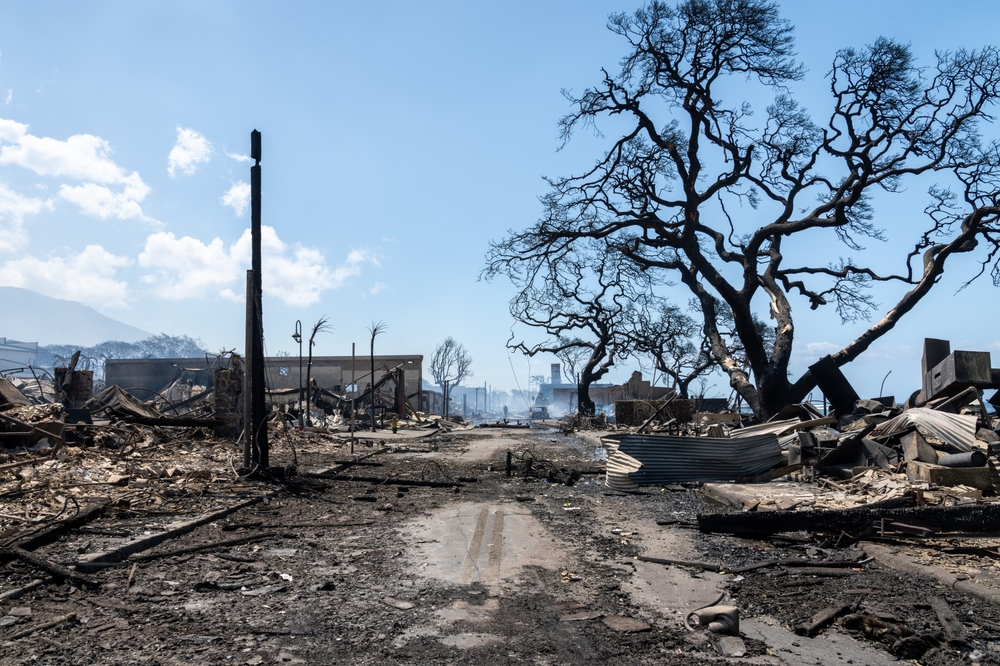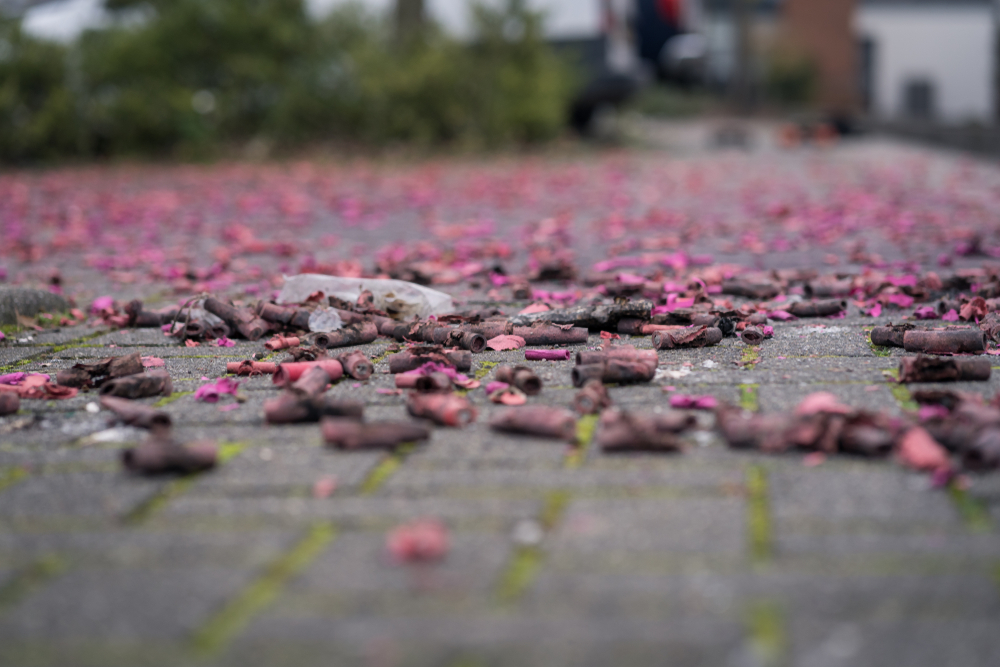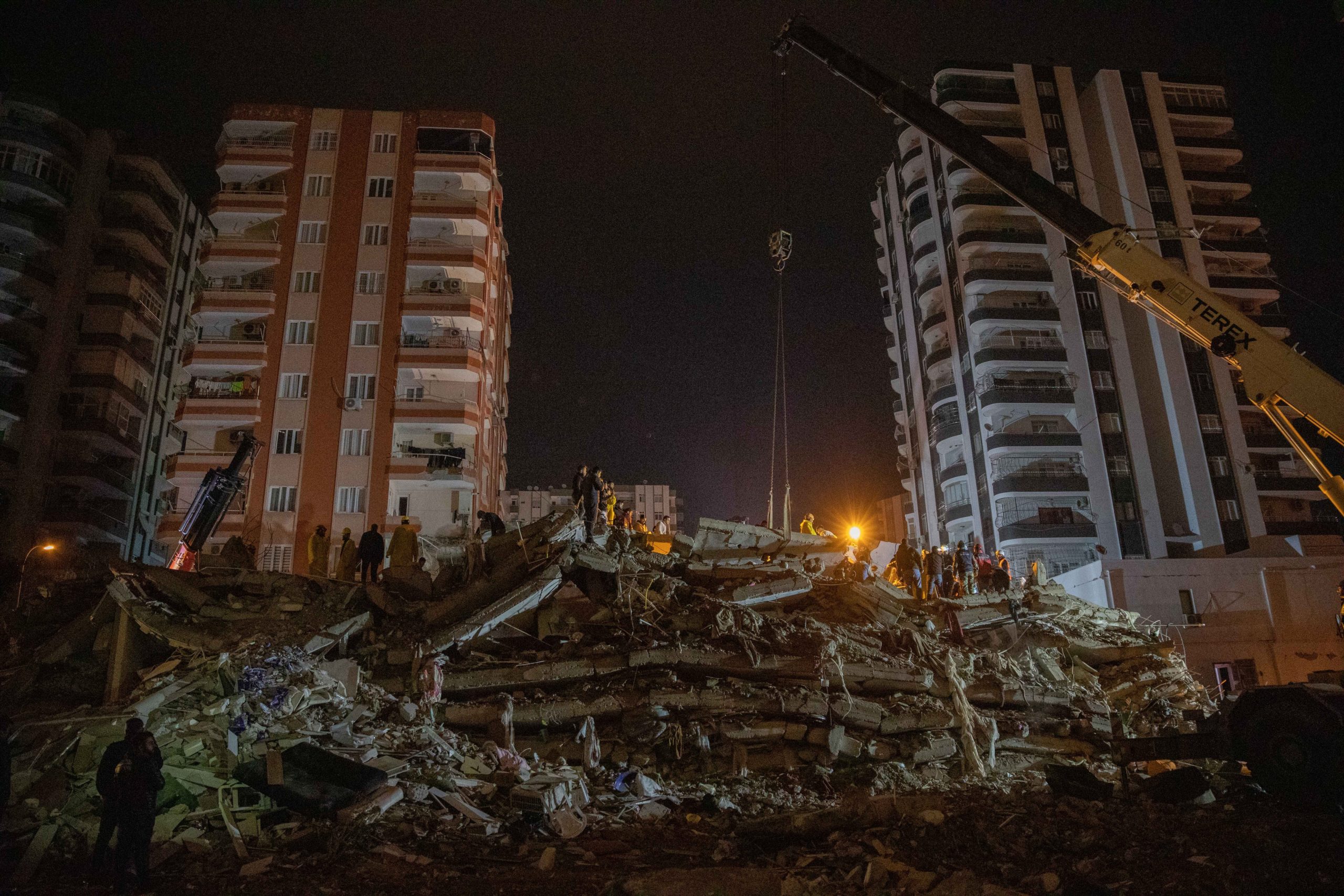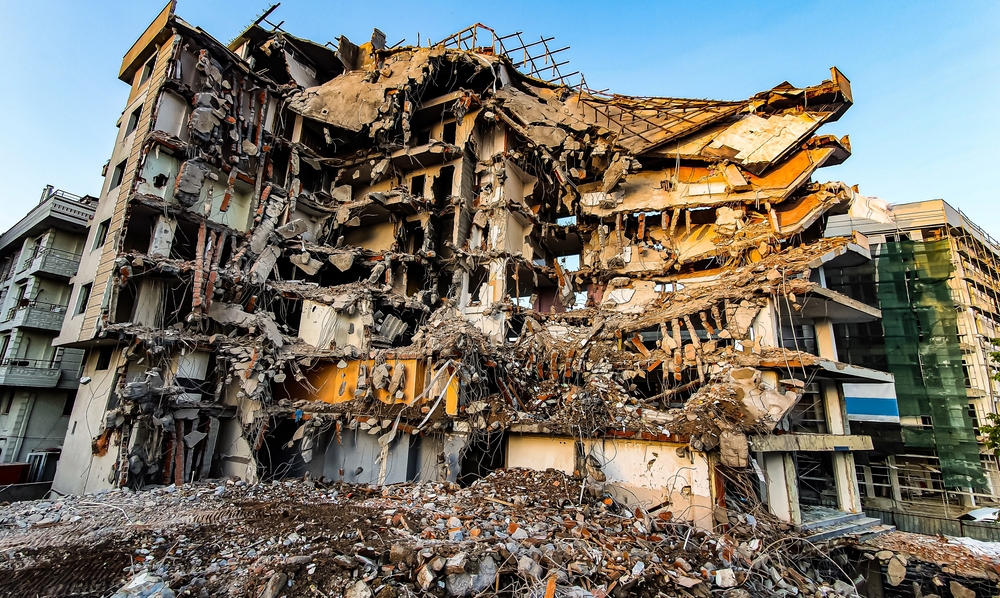Reinsurance company AON reported recently that 2023 was a record year for natural disasters, with more incidents (>400) and more economic damage (380 billion dollars) than ever before. Mortality went up too: with 95,000 victims, 2023 was the deadliest year since 2010. Does that set alarm bells ringing for Jeroen Warner, associate professor of Disaster Studies?
How reliable are the AON figures?
‘The most authoritative source is the EM-DAT annual report by the Center for Research on the Epidemiology of Disasters (CRED) in Louvain, Belgium. But the 2023 edition of that report isn’t out yet. Figures from insurance companies often give a fair indication. A lot better, at least, than those of governments, who just hazard a guess and stand to benefit from either overestimating or underestimating the scale. But you should bear in mind that there’s a strong bias towards industrialized countries in insurance statistics.’
Does that prosperity bias play a role in the gloomy picture painted of 2023?
‘That is perfectly possible. In 2023, quite a lot of disasters – forest fires, tornadoes – that cost billions in claims happened in the US, where a lot of property is well-insured. That’s bad luck for insurers but it doesn’t tell you much about how “bad” the disaster is. In humanitarian terms, something like a landslide in rural Mexico, which doesn’t even get into the papers, can be much worse.’
According to AON, mortality has gone up again. Is that worrying?
‘Up to now, the trend has always been: more disasters, more damage, but fewer victims – thanks to better early warning systems. This sudden increase in the number of deaths caused by natural disasters could be a one-off exception. About 50,000 people died in the earthquake in Turkey and Syria in February 2023, which is more than half the total number of deaths reported by AON.’
The AON report claims that businesses are ill-prepared for disasters. Is that what you see?
‘Many companies are opportunistic: what does it cost to be well-prepared? And what are the costs if things go really wrong at some point – and how much risk of that is there? They often take the risk. Governments also tend to take an overly rosy view of the risks. Look at the Netherlands: people still seriously consider building on the floodplains because, hey, there’s a housing shortage. If you frame it like that, no wonder the risk of natural disasters increases.’

 Prosperity bias may affect the AON figures. Relatively, the US had a lot of natural disasters such as the fire on Maui (August 2023) – with 100 fatalities, one of the deadliest fires in American history. Photo Shutterstock
Prosperity bias may affect the AON figures. Relatively, the US had a lot of natural disasters such as the fire on Maui (August 2023) – with 100 fatalities, one of the deadliest fires in American history. Photo Shutterstock 

